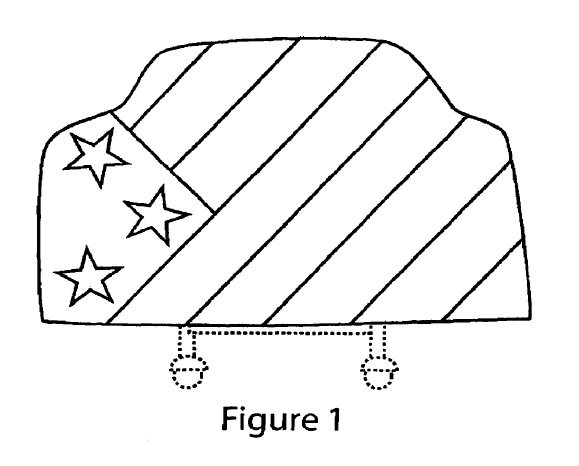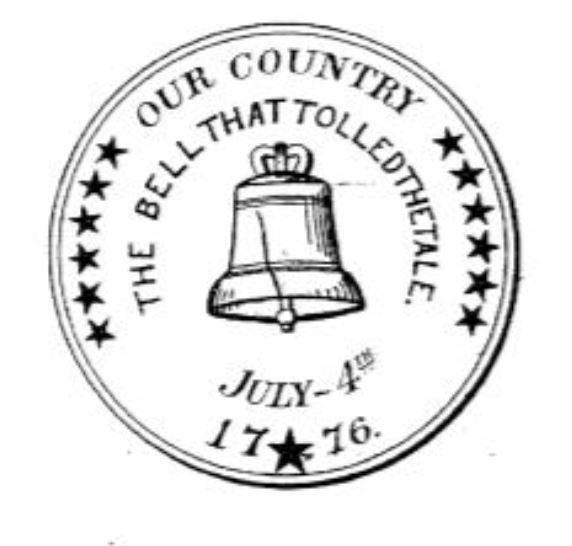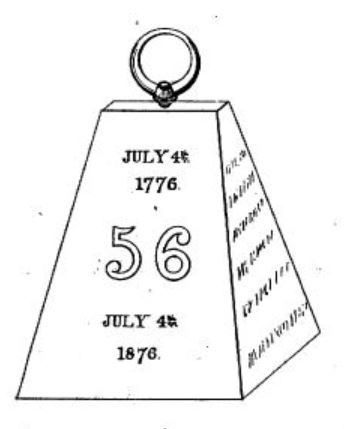In Nexlearn, LLC v. Allen Interactions, Inc., [2016-2170, 2016-2221](June 19, 2017), the Federal Circuit affirmed the dismissal of a complaint for patent infringement for lack of personal jurisdiction.
NexLearn sued Allen Interactions in the District of Kansas alleging infringement of U.S. Patent No. 8,798,522 and breach of contract. Allen Interactions, a Minnesota corporation, moved to dismiss NexLearn’s complaint for lack of personal jurisdiction. Allen Interactions argued it was not subject to specific or general jurisdiction in Kansas due to its limited contacts with the forum, which it argued amounted to a single sale unrelated to the accused product that represented less than 1% of its revenue over the past five years.
NexLearn did not argue general jurisdiction in its briefing, and drawing all reasonable inferences in favor of NexLearn, the district court held that NexLearn failed to allege that Allen Interactions had sufficient contacts with Kansas to permit the exercise of specific jurisdiction.
On appeal the Federal Circuit applied a three-part test, in which it determines whether: (1) the defendant purposefully directed its activities to the forum State; (2) the claims arise out of or relate to those activities (collectively, the minimum contacts prong); and (3) the assertion of jurisdiction is reasonable and fair.
The Federal Circuit discounted Allen Interactions’ activities prior to the patent issuance as irrelevant to patent infringement. The Federal Circuit also agreed that forum selection provisions in an expired NDA and EULA agreement unrelated to the infringement, likewise did not subject Allen Interactions to specific jurisdiction in Kansas.
The Federal Circuit then considered Allen Interaction’s website. NexLearn argued that the fact that “Kansas” was in a drop down menu for billing address showed that Allen Interaction was targeting Kansas. However the Federal Circuit found that Allen Interaction’s address selector may indicate its amenability to selling the accused product to Kansas residents, but it does not establish minimum contacts
arising out of or related to the infringement claim. The Federal Circuit said that while a Kansas resident could purchase the accused product from the Allen’s website, what was missing was any evidence that such
a sale has taken place, or that any Kansas resident ever even accessed the website. The Federal Circuit explained that the website:
is conceptually no different than operating an out-of-state store. That a store would accept payment from a hypothetical out-of-state resident and ship its product there does not create a substantial connection for an infringement claim between the store and the hypothetical resident’s forum State. The store’s willingness to enter future transactions with out-of-state residents does not, without more, show purposeful availment of each State in which it would, but has not yet, provided or even offered a sale.
The Federal Circuit said that something more is needed—whether it be actual sales, targeted advertising, or contractual relationships—to
connect the defendant’s infringing acts of making, using, offering, or selling its product with the forum State. While what is sufficient may vary from case to case, the Federal Circuit said that it cannot be that the mere existence of an interactive website, like the existence of an out-of-state store, is suit-related conduct creating a substantial connection with the forum state.
The Federal Circuit also found that Allen Interaction’s email to a NexLearn employee regarding new features of the accused software product, and an offer to a NexLearn employees of a free trial of the accused software product were insufficient. However the Federal Circuit rejected the district court’s rationale that this was because it was unilateral conduct on NexLearn’s part. Instead, the Federal Circuit found that the email was a mass-email advertisement that did not show that that Kansas was a target market. The mailing of one advertisement to
all of its nationwide subscribers did not create a substantial connection with Kansas.
Similarly with respect to the offer of a free trial, the Federal Circuit disagreed that this was irrelevant, but simply that single offer of a
free trial is too attenuated to establish minimum contacts with Kansas.
The Federal Circuit affirmed the dismissal of the patent infringement claim, and the supplemental claim for breach of contract as well.
 Perhaps the centennial medal of U.S. Patent No. D9103?
Perhaps the centennial medal of U.S. Patent No. D9103? Perhaps the centennial watch charm from U.S. Patent No. D7164:
Perhaps the centennial watch charm from U.S. Patent No. D7164:
